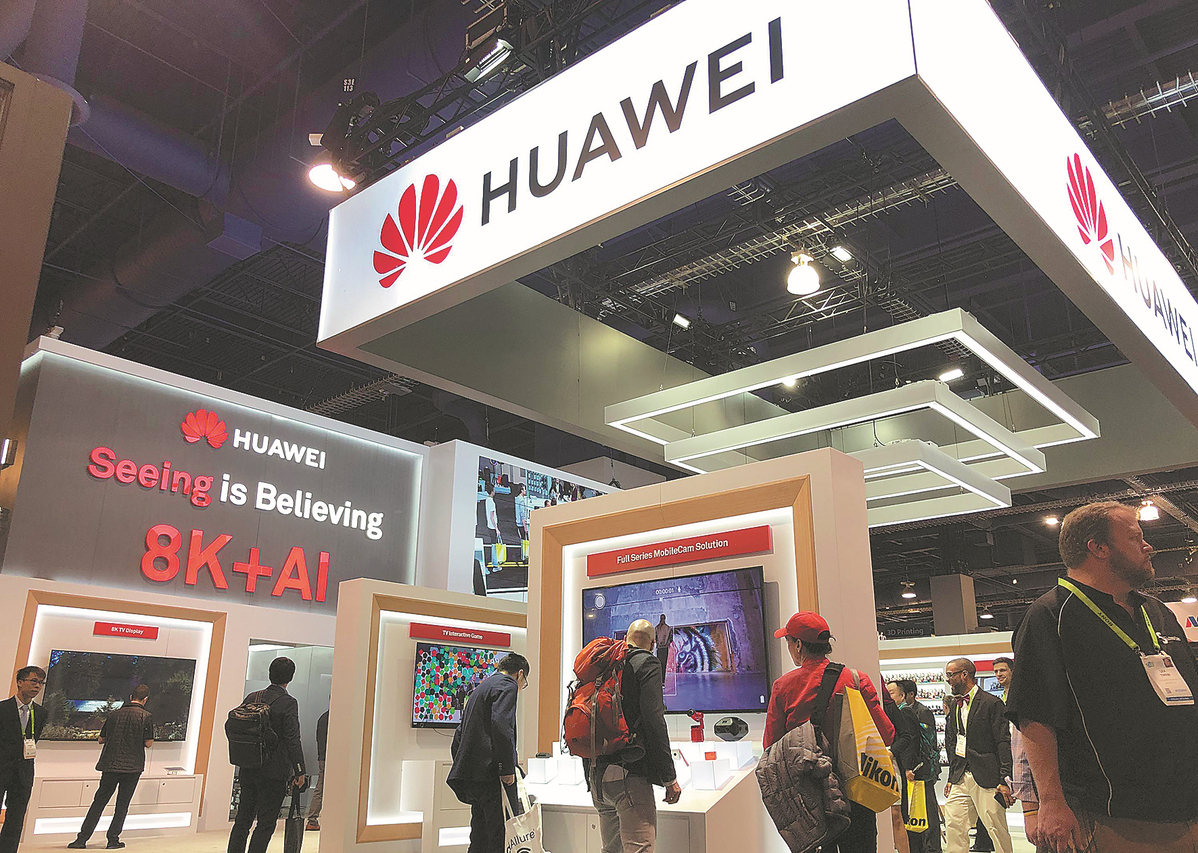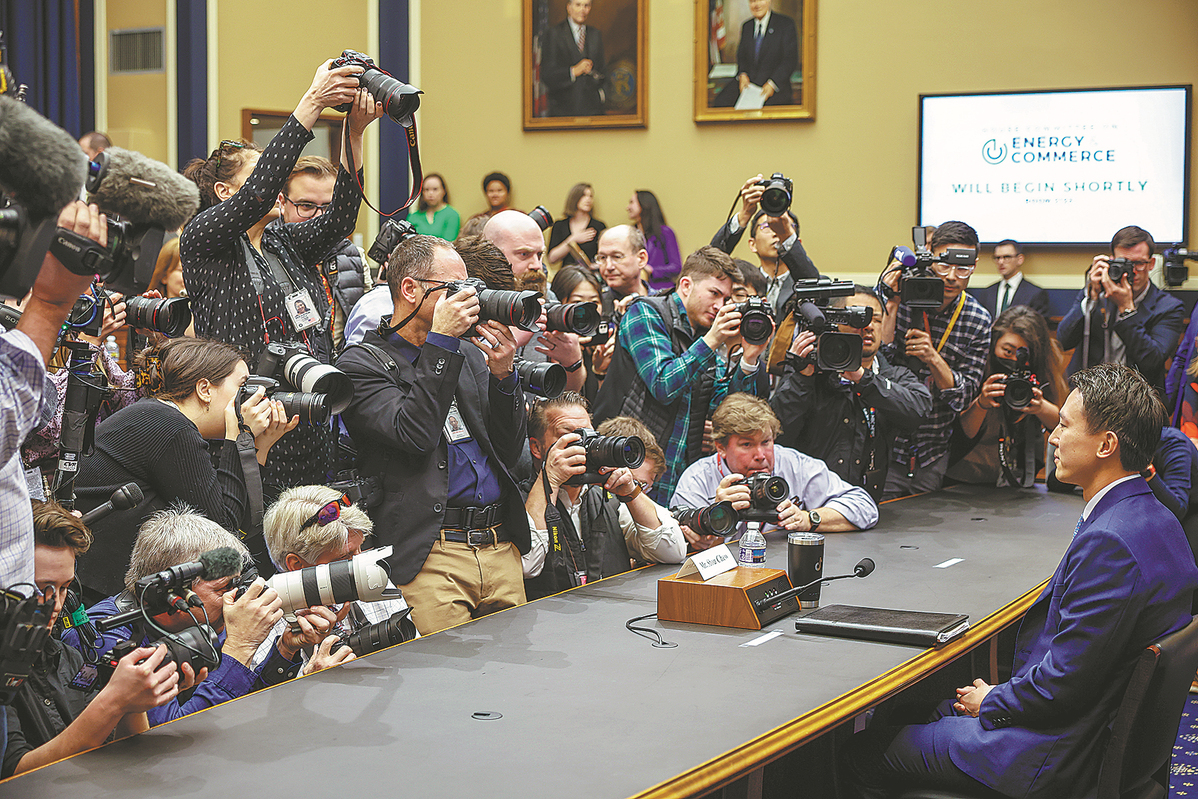Irreversible development

It is time for the US to recognize that China's technological development is irreversible, and that the appropriate goal for policy is to put rules and laws in place so that both sides can invest and benefit from their own technology, he said.
"We're not doing that today. We're not building institutions for economic cooperation. We're not building laws and rules with the Chinese side. We're just hitting with sanctions. And I think ultimately that policy will fail."
Sourabh Gupta, senior fellow at the Institute for China-American Studies in Washington, said, "The (Joe) Biden administration says that it is doing all these technology denials and controls from a purely national security and military perspective, but that is not entirely true."
True purpose
The purpose is to deny China's access to high technologies, many of which have commercial applications, or have only commercial applications or have dual-use applications, he said.
"And the technological rise has both a military dimension and a civilian dimension."
The US aims to capture a larger range of sectors and technologies that will not aid China's technological rise and growth, Gupta said.
"And most of those are in commercial areas."
The US export controls are like a "reverse CFIUS", he said.
CFIUS, the Committee on Foreign Investment in the United States, is "an interagency committee authorized to review certain transactions involving foreign investment in the United States and certain real estate transactions by foreign persons, in order to determine the effect of such transactions on the national security of the United States", says the website of the US Treasury, which oversees CFIUS.
CFIUS includes representatives of 16 US departments and agencies, including Defense, State, Commerce and Homeland Security. Certain White House offices observe and take part, if needed.
"The United States government is making rules with regard to outbound investment … there's hardly been any measure (in US history) along these lines, ever," Gupta said.
Specific application

"It is going to be written in very generalized terms, but it will have very specific application to sectors and to countries of concern, China being right at the top of them.
"This is going to block the outbound investment in certain dual-use technologies and items headed to China. So it kind of parallels the export control process.
"It's just about trying to place blocks on capital in terms of investing, not just in terms of exporting products, but even exporting capital in areas that the US deems to be a threat to its national security."
Azhar Azam, in an article for the Beirut-based news website Almayadeen in June, described what he sees as the US objective: "The goal is unambiguously to simultaneously bring key Beijing trade partners under the US orbit, alienate and rally them against China, forge a coordinated response to Beijing's 'economic coercion', reinstate the US-led economic order and revitalize the 'post-Cold War decade' of high economic growth, massive job creation and dramatic foreign direct investment surge.
"Economic coercion is generally defined in the US as the threat or imposition of economic costs by a state with the objective to extract policy concessions and advance geopolitical objectives.
"The same definition applies to (the US), which through tariffs and technology curbs on Chinese goods and companies — and pressurizing Europe into following its lead — has declared 'economic warfare' against China with the aim to 'slow' Beijing's development but (that) will have 'huge geopolitical consequences'."
The US has imposed unilateral economic sanctions on nearly 40 countries, affecting almost half of the world's population.
By fiscal year 2021 the US had more than 9,400 sanctions in effect, according to the Brookings Institution, a research organization in Washington.
Gregory C. Allen, director of the Wadhwani Center for AI and Advanced Technologies at the Center for Strategic and International Studies in Washington, said the key is to "understand that the US wanted to impact China's AI industry", referring to the Oct 7 export controls, The New York Times reported. "The semiconductor stuff is the means to that end.
"The new policy embodied in Oct 7 is: Not only are we not going to allow China to progress any further technologically, we are going to actively reverse their current state of the art," Allen said.
C.J. Muse, a senior semiconductor analyst at the US research company Evercore ISI, told The New York Times, "If you'd told me about these rules five years ago, I would've told you that's an act of war — we'd have to be at war."
Agencies contributed to this story.